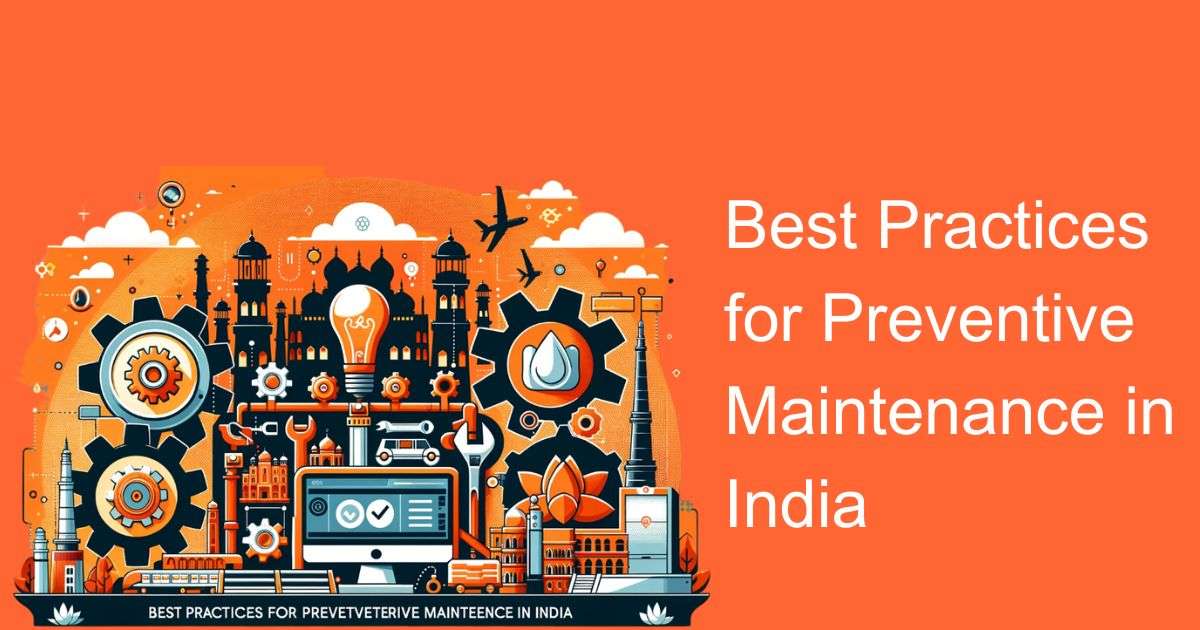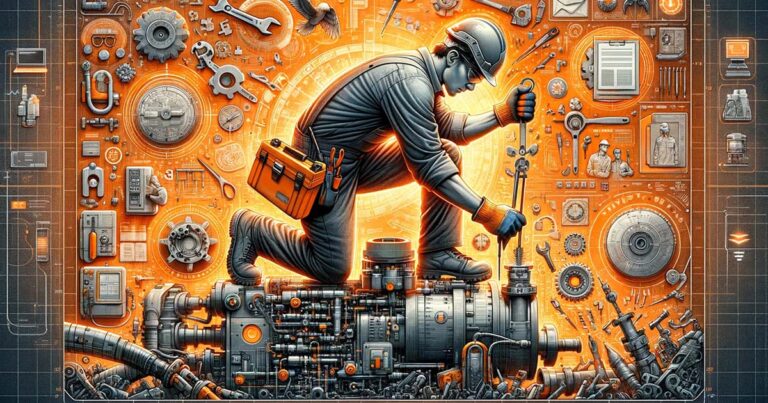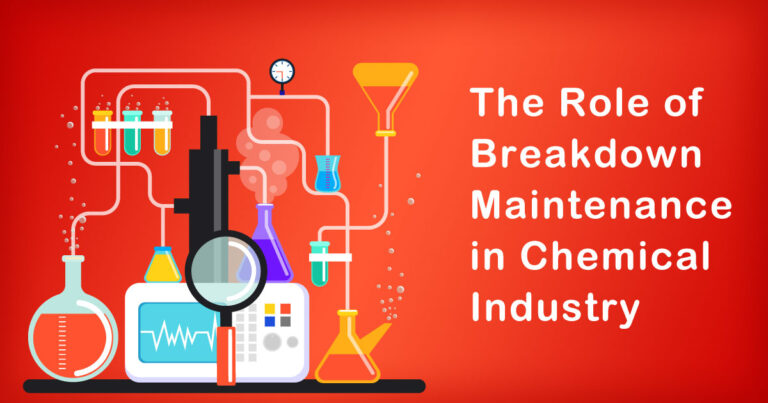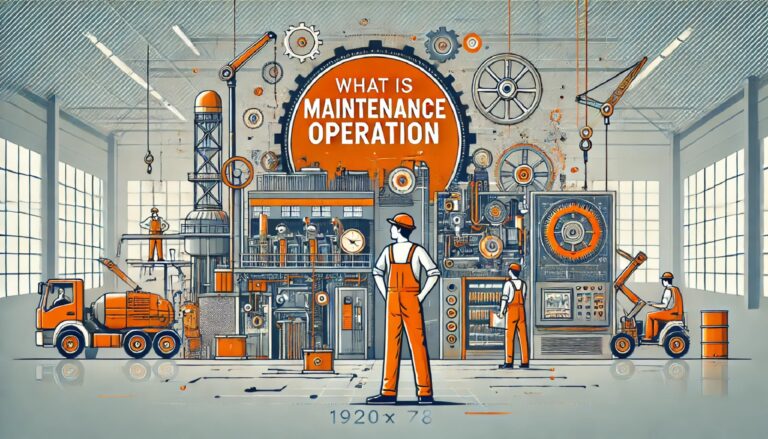Introduction
Preventive maintenance is a critical aspect of facility management in India. Just as fire safety compliance is crucial for safeguarding lives and property, a robust preventive maintenance strategy is essential for ensuring the longevity and efficiency of equipment and infrastructure. In this editorial, we will explore the best practices for preventive maintenance in India, focusing on the factors that make these practices stand out and contribute to a safer and more productive environment.
The Significance of Preventive Maintenance
Before delving into the specifics of preventive maintenance best practices, let’s understand why it holds such importance. In India, where industries are diverse and rapidly evolving, equipment and facilities play a pivotal role. Ensuring the uninterrupted operation of these assets is not just a matter of efficiency; it can also impact safety, compliance, and the bottom line. Preventive maintenance helps organizations avoid costly breakdowns, reduce downtime, and extend the lifespan of their assets.
Challenges in Implementing Preventive Maintenance
Implementing an effective preventive maintenance program in India comes with its own set of challenges:
Diverse Industries:
India’s economy spans various sectors, each with unique maintenance needs, from manufacturing to healthcare and infrastructure.
Resource Constraints:
Many organizations, particularly smaller ones, may have limited resources to invest in comprehensive maintenance programs.
Skill Shortages:
The availability of skilled maintenance personnel can be a challenge in some regions, leading to potential gaps in maintenance quality.
Climate Variability:
India experiences diverse climatic conditions, which can affect equipment differently across regions.
Regulatory Requirements:
Compliance with various local and national regulations adds complexity to maintenance planning.
Best Practices for Preventive Maintenance in India
To ensure the best preventive maintenance practices in India, a comprehensive approach is needed, considering the unique challenges and requirements of the country:
Asset Inventory and Prioritization:
- Begin by creating an inventory of all critical assets and equipment.
- Prioritize assets based on their importance to operations and safety.
Customized Maintenance Plans:
- Tailor maintenance plans to suit the specific needs of each asset and facility.
- Consider the manufacturer’s recommendations and industry standards.
Regular Inspections:
- Schedule routine inspections to identify early signs of wear, damage, or degradation.
- Ensure inspections are carried out by trained personnel.
Data-Driven Decision-Making:
- Utilize technology and data analytics to track asset performance and predict maintenance needs.
- Implement a Computerized Maintenance Management System (CMMS) for efficient data management.
Climate-Specific Maintenance:
- Adapt maintenance schedules and methods to account for India’s diverse climate conditions.
- Protect assets from extreme heat, monsoons, or cold weather as necessary.
Training and Skill Development:
- Invest in training and skill development programs for maintenance personnel.
- Develop in-house expertise to address skill shortages.
Vendor Relationships:
- Establish strong relationships with maintenance equipment and service providers.
- Leverage their expertise for specialized maintenance needs.
Regulatory Compliance:
- Stay up-to-date with local and national regulations pertaining to maintenance.
- Ensure all maintenance activities align with regulatory requirements.
Cost-Effective Solutions:
- Balance maintenance costs with the benefits of asset longevity and reduced downtime.
- Consider outsourcing non-core maintenance tasks to specialized providers.
Continuous Improvement:
- Regularly review and refine preventive maintenance plans based on performance data and feedback.
- Encourage a culture of continuous improvement among maintenance teams.
Conclusion
In a rapidly developing country like India, where industries thrive and diverse climatic conditions prevail, preventive maintenance is not just a good practice; it’s a necessity. The best preventive maintenance practices are those that take into account the unique challenges faced by organizations in India and offer tailored solutions. By implementing these practices, organizations can ensure the reliability, safety, and efficiency of their assets, contributing to both their bottom line and the overall development of the country. Remember, preventive maintenance is an investment in the long-term success of your organization, ensuring that your assets continue to serve you effectively while minimizing unexpected disruptions. It’s a commitment to excellence and resilience in the face of India’s dynamic business landscape.








